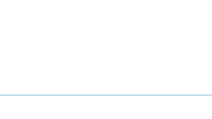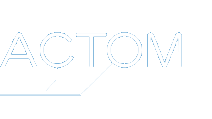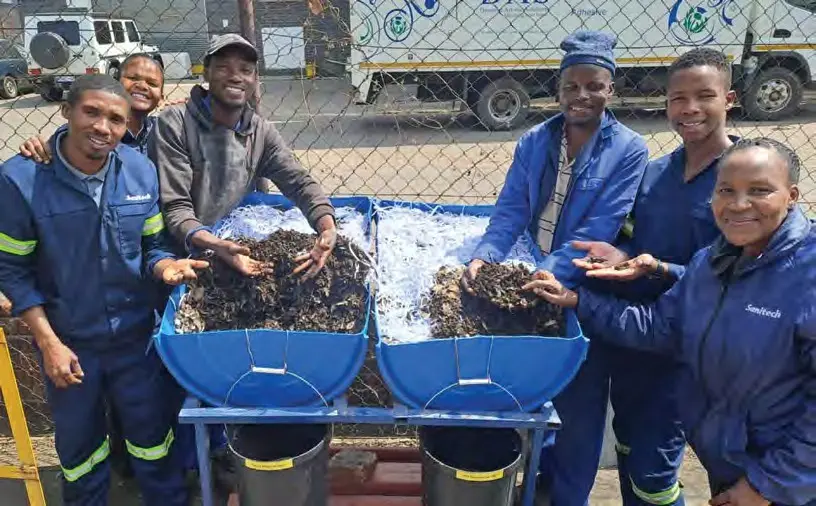During a waste stream and disposal review, Boiler and Environmental’s SHERQ Department identified that food waste was being disposed of into the General Waste stream. This contaminated recyclables such as paper and cardboard and resulted in more recyclable waste going to the landfill dump sites and less being recycled.
The SHERQ department spearheaded a campaign to separate food waste at the source by introducing “Food waste only” bins. These bins are placed at strategic positions at the Isando offices and works. All other waste bins are clearly labelled “Recyclable waste only” to effectively separate the two waste streams at source.
It is important to get buy-in from everyone involved. To this end discussions were held with employees, the cleaning team and the gardeners to train them and involve them in the newly implemented food waste separation process. Food waste is taken to the recycling area where it is put into Bokashi Buckets and treated with Bokashi Bran at the end of each day.
Currently there are seven Bokashi Buckets in use and the “full / closure date” is logged into a record book by the Waste Controller. Once the Bokashi Buckets are full, they are closed and left to ferment for at least two weeks.
What is termed ‘Bokashi Tea’ is a product of this process and is then tapped off, diluted, and used as a liquid fertiliser for the garden plants. The 18kg buckets of fermented Bokashi are then added to the compost heap where the pH naturally neutralises to a pH level of 7. The Bokashi then becomes part of the natural composting process. As the Bokashi Buckets are emptied, the information is logged into the Recyclers record book and is captured by the SHERQ Department into the site’s Waste Management records.
A Red Wriggler earthworm farm is used to further decompose the compost into Vermicompost and the generated ‘Vermi tea’ is diluted and used in the garden. The earthworms breed and lay eggs in the Vermicompost which ensures a self-generating supply of composting earthworms. A study indicates that four to six little worms hatch from each egg. Once the Vermicompost, which is a rich organic compost, is ready for harvesting, it is manually heaped up into a pyramid. Because of movement, sunlight, and heat; the earthworms dive down to the lower levels and the Vermicompost is harvested off the top levels. The emptied earthworm farm bins are refilled with fresh compost including the decomposed Bokashi, damp shredded paper is added as a top layer and the earthworms start the natural composting process all over again.
“Since the implementation of this food separation and composting process, we have seen a significant reduction of our general waste quantities which has a knock-on effect on waste bin rental and waste removal costs. ‘’The next phase of our Environmental Care Plan is to develop an effective Green Carbon Sink by planting and propagating indigenous Spekboom plants. According to the Spekboom Foundation, these plants are highly effective at offsetting harmful carbon emissions making the Spekboom thickets ten times more effective at carbon fixing than tropical rainforests.” says Deon Geldenhuys, B&E’s SHERQ Regional Manager. Although these efforts and systems seem relatively small, they are effective and contribute positively to our continuous Environmental Care drive. We applaud Isando’s SHERQ Department and Management for introducing this wonderful initiative.
To Deon and his dedicated team of Cleaners, Gardeners and Waste Separators – THANK YOU



